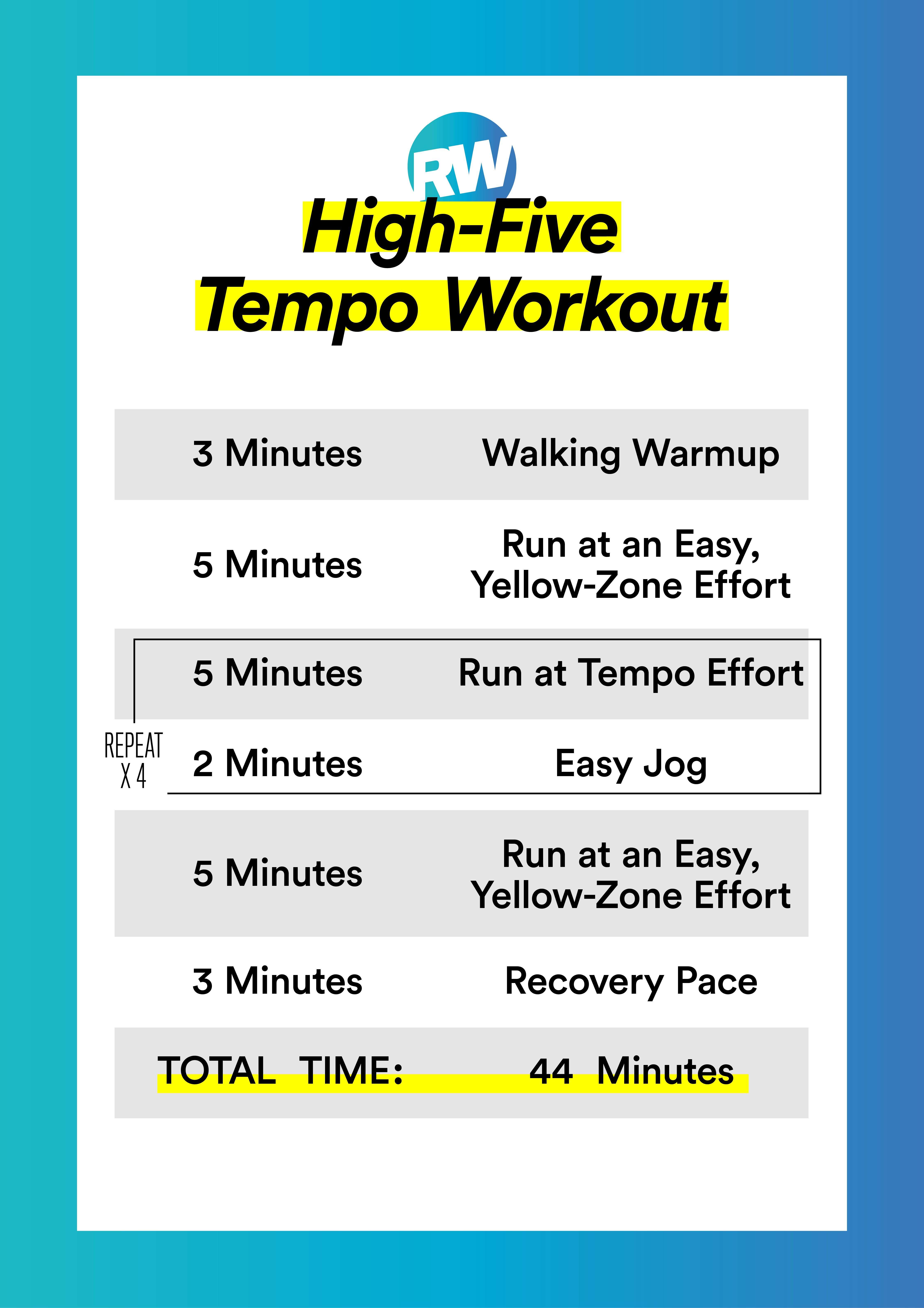Overcoming Discomfort in Operating: Strategies and Methods That Job
Pain is a common friend for numerous joggers, typically serving as an obstacle to attaining their wanted objectives. With the appropriate approaches and strategies, it is possible to conquer and even stop the discomfort connected with running. By exploring various strategies such as recognizing the different sorts of running pain, optimizing shoes and form, incorporating cross-training and strength workouts, executing effective healing methods, and keeping appropriate nutrition and hydration, runners can potentially alleviate their pain and enhance their overall running experience.
Recognizing Different Sorts Of Running Pain

One more kind of running pain is joint pain, which can materialize as a sharp or achy pain in locations such as the knees, hips, or ankle joints (running workout). Joint pain might be brought on by factors like inappropriate running kind, overuse, or underlying conditions like joint inflammation (check this link). It is essential to separate in between muscle pain and joint pain, as the latter might require clinical attention to avoid additional injury
Comprehending the different kinds of running discomfort is critical for reliable monitoring and prevention methods to make sure a safe and satisfying running experience.
Correct Footwear and Running Kind
To optimize performance and decrease the risk of running-related injuries, picking proper footwear and preserving appropriate running type are essential elements for joggers of all levels. It is suggested to select running footwear that are particularly created for the person's foot kind, running gait, and the type of running task they involve in.

Cross-Training and Toughness Exercises
Involving in cross-training and including strength workouts right into a running regimen can significantly improve overall performance and minimize the likelihood of injuries. Cross-training, such as cycling or swimming, helps improve cardiovascular health and fitness while offering running muscle mass a break from repetitive influence. It also helps enhance various muscular tissue groups, resulting in much better overall body conditioning. Toughness workouts, like squats, lunges, and core workouts, play a critical function in supporting muscles and improving running performance. They can remedy muscular tissue discrepancies, boost agility, and increase power output, all of which are crucial for running performance.
Incorporating cross-training and stamina exercises right into a running regimen must be done strategically. It is vital to permit ample rest in between running sessions and cross-training activities to avoid overuse injuries. In addition, concentrating on correct type and method during toughness exercises is vital to optimizing their advantages and reducing the threat of injury. By including these aspects right into a running regimen, joggers can build a stronger structure, enhance performance, and appreciate a more sustainable running experience.
Healing and Rest Methods
Having established the importance of cross-training and toughness exercises in an extensive running regimen, attention can now be directed in the direction of Recuperation and Rest Techniques as indispensable components for maximizing performance and lowering the danger of injuries. (running workout)
Recuperation after running is vital for muscular tissue repair and development. Methods such as foam rolling, extending, and massage aid in lowering muscle mass soreness and improving flexibility. Appropriate rest between runs permits the body to recoup and adjust to the physical stress and anxiety, preventing overuse injuries.
Including active recovery days right into a training routine, where low-intensity activities like walking or biking are executed, can enhance blood flow and advertise healing without putting excess strain on the muscle mass. Additionally, appropriate hydration and nutrition play an important function in the healing process by restoring lost fluids and nutrients.
Quality rest is another essential facet of recovery that must not be ignored. During sleep, the body undertakes fixing and regeneration procedures, contributing to overall physical and psychological wellness. By prioritizing healing and remainder techniques, joggers can maintain optimal performance degrees and reduce the chance of experiencing pain or injuries.
Nourishment and Hydration for Runners
Carbs supply energy for running, while healthy proteins help in muscle repair and recuperation. Appropriate hydration is likewise vital to preserve optimum performance, as even light dehydration can adversely influence running efficiency. Furthermore, timing meals and treats suitably before runs can aid stop stomach discomfort and give the required power for peak performance.
Conclusion
In conclusion, by recognizing the different sorts of running pain, wearing proper footwear, maintaining right running form, incorporating cross-training and strength workouts, prioritizing recuperation and remainder, click here to find out more and concentrating on nutrition and hydration, runners can effectively overcome pain and boost their efficiency. Carrying out these methods and techniques can assist runners protect against injuries, improve their endurance, and inevitably appreciate an extra fulfilling running experience.